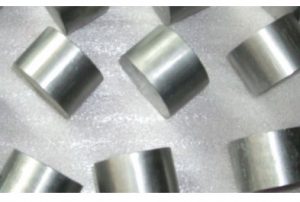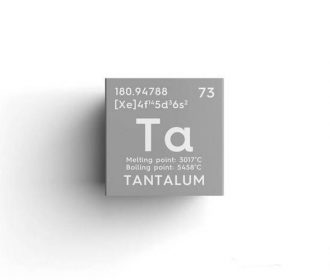The role and uses of tantalum
It can be drawn into thin tantalum foil in the form of a fine tantalum wire. Its coefficient of thermal expansion is very small.

Tantalum has excellent chemical properties and is extremely resistant to corrosion. It can be used to make evaporating vessels, etc. It can also be used to make electrodes for electronic tubes, rectifiers, and electrolytic capacitors.
It is used medically to make thin tantalum sheets or threads to mend damaged tissue. Although tantalum is highly resistant to corrosion, its resistance to corrosion is due to the generation of a stable protective film of tantalum pentoxide on its surface.
Chemical properties of tantalum
Tantalum has excellent chemical properties and is extremely resistant to corrosion, not reacting to hydrochloric acid, concentrated nitric acid, or “aqua regia” under both cold and hot conditions.
However, tantalum can be corroded in hot concentrated sulfuric acid. Below 150°C, tantalum will not be corroded by concentrated sulfuric acid, but will only react above this temperature.
In 175 degrees in the concentrated sulfuric acid for 1 year, the thickness of the corrosion is 0.0004 mm, tantalum into 200 degrees in the sulfuric acid soaked for a year, the surface layer is only damaged by 0.006 mm. At 250 degrees Celsius, the corrosion rate increases to 0.116 mm per year.
At 300 degrees, the rate of corrosion is accelerated, soaking 1 year, the surface was corroded 1.368 mm. In fuming sulfuric acid corrosion rate is more serious than in concentrated sulfuric acid, soaked in the solution at 130 degrees for 1 year, the surface was corroded by the thickness of 15.6 mm.

Recent Comments